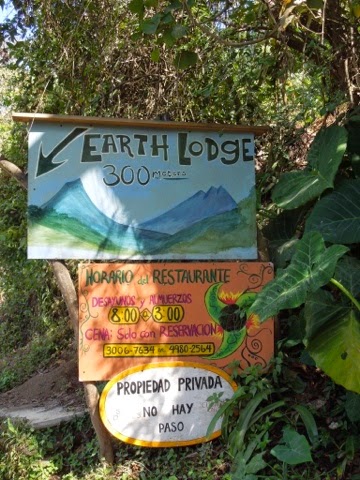I travelled to Antigua from Dallas to celebrate the Holy Week during the Easter season.
To my delight, I was overwhelmed with the majestic reverence the Guatemalans have for this venerable time of year. Of course, Guatemala is a Catholic country, but their special customs and respect for this week was quite unique.
Antigua is a place of rare beauty, major historical significance and vibrant culture. A former capital, the city boasts an impressive number of colonial relics in a magnificent setting. Cobblestone streets with pastel facades are rimmed beneath three volcanoes. Many old ecclesiastical and civic structures are beautifully renovated, while others retain original charm. Parks , markets and squares are unique to the city. Its churches, plazas, and markets are throbbing with activity. Outside the city, indigenous commmunites, plantations and volcanoes are unique to explore.
The miracle of Antigua is its resilience. Despite earthquakes,volcanic eruptions and floods, followed by abandonment, it has re-emerged at the most visited destination in Guatemala.
HISTORY-
Antigua wasn't the Spaniards' first choice for a capital city. Iximche, settled in 1524 was the choice. The Kaqchiquel rebelled, so the city was moved to Ciudad Vieja under the Volcan Agua. The town disappeared under a mudslide in 1541, and in 1543 the Spaniards settled in Antigua.
Antigua was once the epicenter of power throughout Central America. Nothing was spared in the 17th and 18th century to build the city. Schools, churches , hospitals, monasteries, and grand houses were built. At one time there were 38 churches. In 1773 there was a devastating earthquake. The town was plundered for building materials to move the new capital to Guatemala City. In spite of the fact their was a mandate to evacuate the city, it was never completely abandoned. Fueled by a coffee boom in the 19th century, the town began to grow. Much work was done to restore the ancient buildings. However in 1976, a major earthquake devastated the town. Unesco's designation of Antigua as a World Heritage Site in 1979 added new life to the restoration campaign. Many Spanish language schools were established, which attraced foreign students. This led to a major cultural renaissance.




 A view from the top.
A view from the top.




















No comments:
Post a Comment